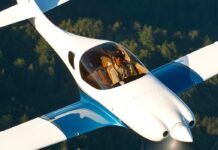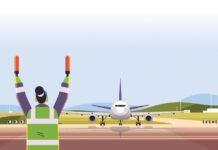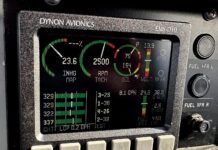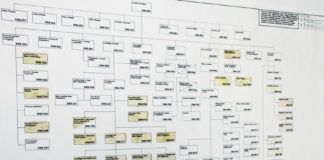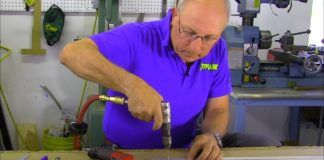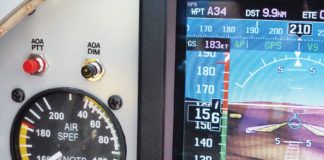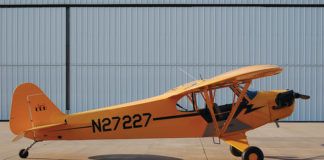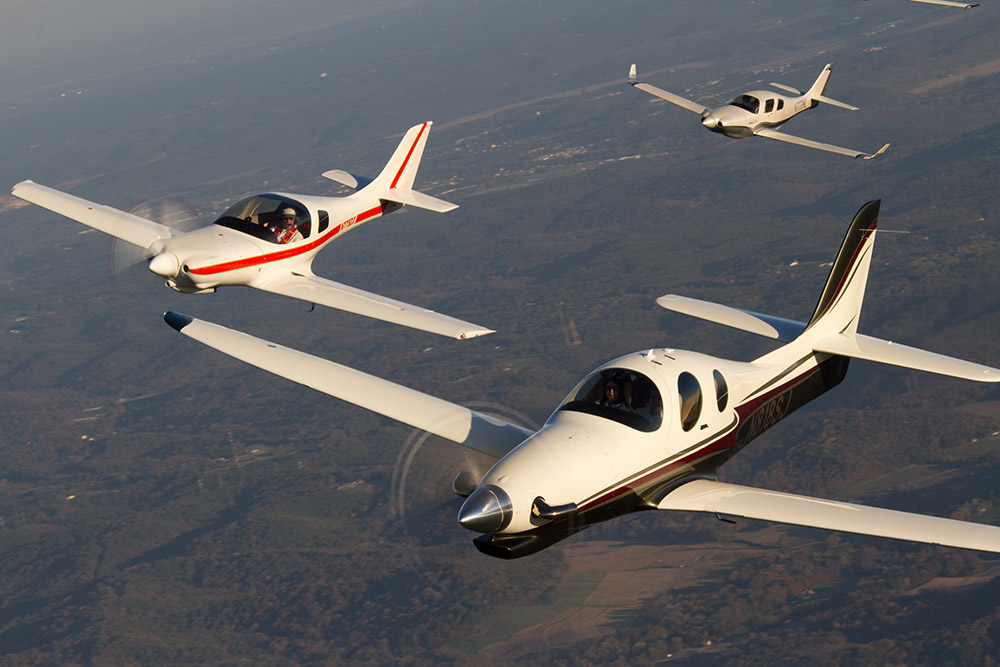
Lancair Owners and Builders Organization Recognized for Contribution to Safety
In 1996 the Society of Experimental Test Pilots (SETP) and the EAA established the Spirit of Flight Award to recognize those EAA members who made a significant contribution to aviation safety and flight testing, with the goal of encouraging further improvements in these areas. This year the William “Jeff” Edwards and Bob Pastusek, founding members of the Lancair Owners and Builders Organization (LOBO), were so honored.
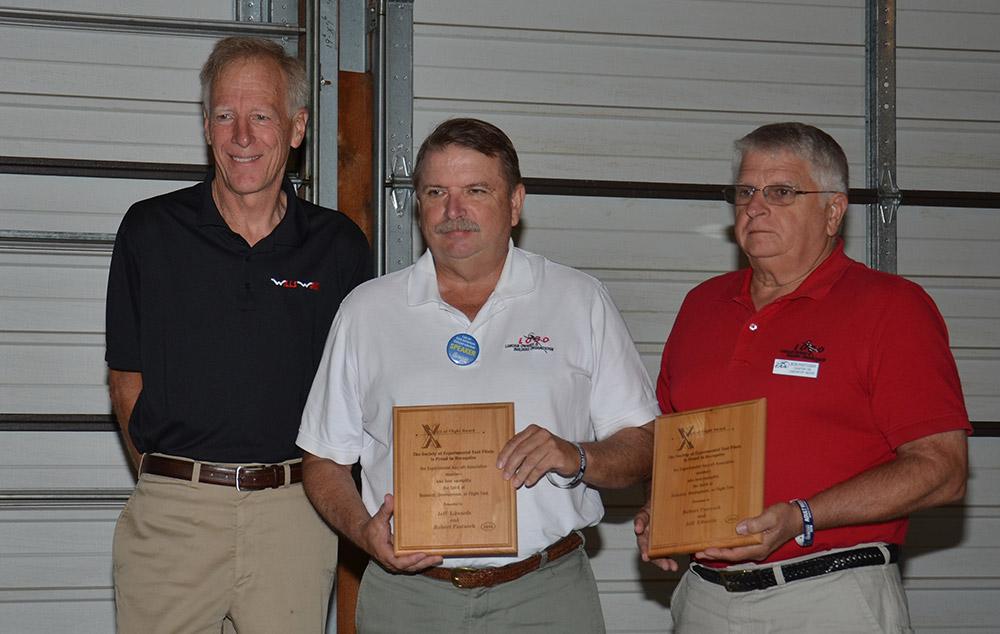
The Lancair line of Experimental amateur-built airplanes suffered from what can only be characterized as a horrendous accident rate in 2008. Since then Edwards and Pastusek have made it their quest to reduce that accident rate by promoting better transition training and through a careful analysis of Lancair accidents. Their data-driven approach has helped them create an effective training syllabus for Lancair pilots that has measurably improved safety in those planes. Although they are most reluctant to take the credit, the fatal accident rate for Lancairs has dropped to roughly half the 2008 rate. The total accident rate has seen similar improvements.
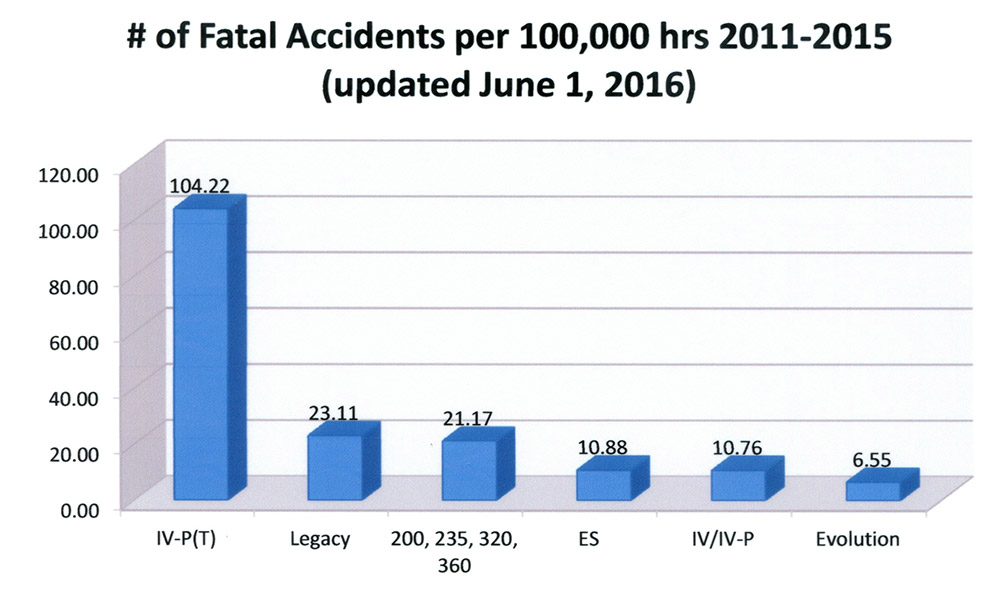
LOBO has met with the FAA on many occasions in an ongoing effort to rein in Lancair accidents. Edwards and Pastusek made three requests to the FAA. So far one of those has been met with progress underway on the second. These are the things LOBO felt they needed to significantly improve the Lancair safety record:
- Be notified by the FAA whenever there was a change of ownership of a Lancair airplane.
- Institute an additional pilot program along the lines of what we now have with AC90-116.
- Develop and have the FAA institute a SFAR (Special Federal Air Regulation) similar to the one put in place for the Mitsubishi MU-2 airplanes The SFAR would require initial and recurrent training for every Lancair pilot using a syllabus developed by LOBO.
At this time only the additional pilot program has been implemented. Of the eight Lancair builders who have used it there have been no accidents or incidents so far. In conversations with FAA officials at this year’s AirVenture, there was strong agreement that AC90-116 has been a great success with no accidents reported among those who have used it for Phase I flight testing. This should be counted as a major achievement for LOBO. Although the final product was a joint effort with LOBO and the EAA Homebuilt Aircraft Council and Safety Council, it was LOBO who really got the ball rolling on this and laid the initial groundwork. Of course, the FAA was a key player and strong supporter of this effort, especially Mark Giron. Without them none of this would have ever happened. This was a true team effort.
Progress on implementing the SFAR is ongoing but not yet completed. William Edwards of LOBO is concerned that there are not enough qualified instructors for each type of Lancair to allow for the implementation of the SFAR, but he expects that more instructors will come forward when there is a guaranteed market for their services. In any case, the Mitsubishi SFAR did result in a dramatic reduction in the accident rate for those planes, and it is hoped that a similar measure would do the same for the Lancair fleet.
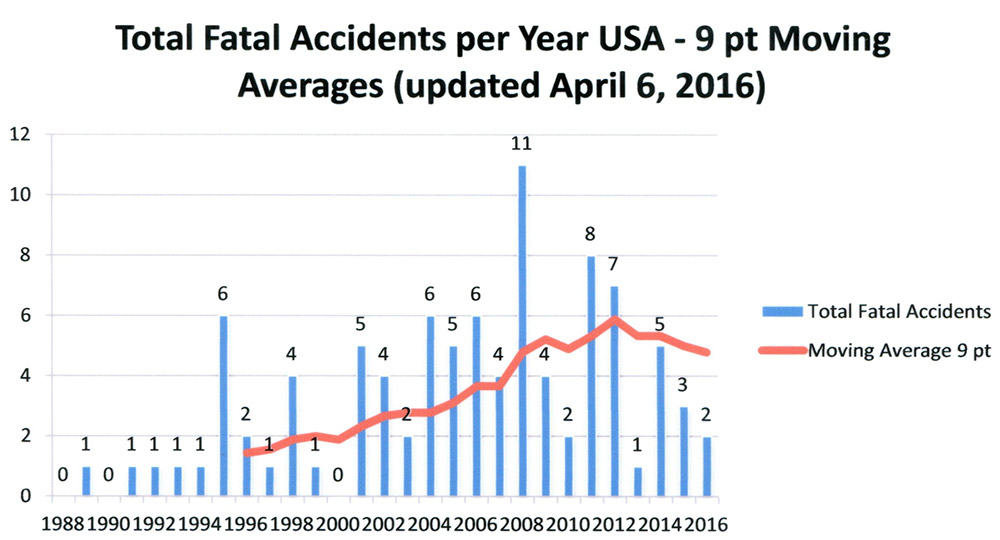
The remaining request, for notification upon change of ownership of any Lancair, is apparently not something the FAA is comfortable doing. Ownership is a matter of public record, but notification is not a service the FAA is willing to provide. This makes it somewhat more difficult to locate and contact new Lancair pilots, but the SFAR, when it takes effect, should accomplish the same thing to a large extent.
These efforts and the careful analysis of accident data undertaken by the LOBO people are what influenced the people at SETP to recognize them this year. The results prove that the approach works, but they also prove that there is much more to do as Lancairs still suffer from a very high accident rate compared to the rest of the Experimental amateur-built fleet.
What is interesting, and at the same time tragic, is that the high accident rate is not confined, as many people may have assumed, to the IV-series Lancairs. The alarming accident rate of the Lancair IV-P airplanes, especially the turbine version, is well known. What may not be so well known is that the accident rate for the 320, 360, and Legacy series Lancairs is no better. Only the new Evolution enjoys a substantially better accident rate. Edwards and Pastusek do understand this, which is why they are asking for a SFAR to cover all Lancair models.
If Lancair builders are wrecking their planes at a frightful rate, second and third owners of these planes are doing even worse. At one point nearly half of all non-builder owners of Lancairs were involved in an accident at some point. This is what prompted LOBO to ask for change of ownership notification from the FAA.
Does all of this mean that you shouldn’t build or buy a Lancair? Not at all. But it does mean that Lancairs are planes that require special training to fly them safely, and this training will not be completed in an afternoon. It also means that some things are simply not done in a Lancair, such as stalls or aerobatics. Lancairs are fast, very fast. Few other planes can eat up real estate on a cross-country trip the way a Lancair does. But they do not fly like a Mooney or a Bonanza, planes that can only dream of keeping up with a Lancair. They must be flown with care and it takes training to learn how to do that. They do not suffer fools for long who fail to come to terms that.
It is the goal of LOBO to make sure Lancair pilots get the training they need using a syllabus that addresses the unique flying qualities of each Lancair model. They further hope to help pilots maintain their proficiency with regular recurrent training. It is unfortunate that the only way to make this happen is with some help from the heavy hand of government, but if that is what is needed, then so be it according to the people at LOBO. If knowing that about half the entire Lancair fleet has been involved in an accident or incident at some point during its life does not convince people, then maybe it is time to hit them over the head with a two-by-four, at least metaphorically speaking. LOBO thinks so, and apparently SETP agrees.
UPDATE August 10, 9:20AM – Kitplanes originally misidentified William “Jeff” Edwards as “Jeff Williams.” We’ve corrected the story and regret the error.




